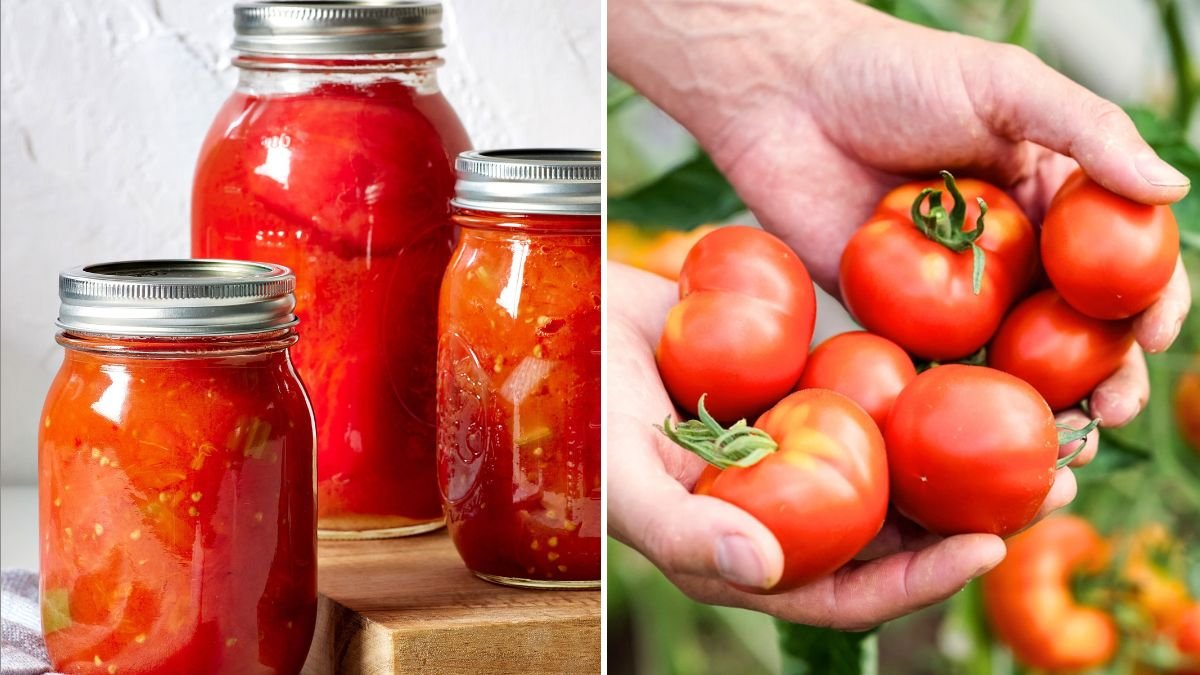Tomatoes are a garden favorite and kitchen staple beloved for their juicy sweetness and vibrant flavor. Every summer, gardeners and cooks face a delicious dilemma: what to do with the bounty of ripe tomatoes before they spoil? While canning is a popular preservation method, not everyone has the equipment, time, or desire to can.
Fortunately, there are several effective ways to preserve tomatoes without canning—methods that retain flavor, texture, and nutrition while extending shelf life. Whether you want to keep your harvest fresh or store tomatoes for months, these five preservation techniques offer convenient, practical alternatives to traditional canning.
In this article, we’ll explore 5 ways to preserve tomatoes without canning, complete with detailed info on preparation, storage, and usage.
1. Freeze Tomatoes for Long-Term Storage
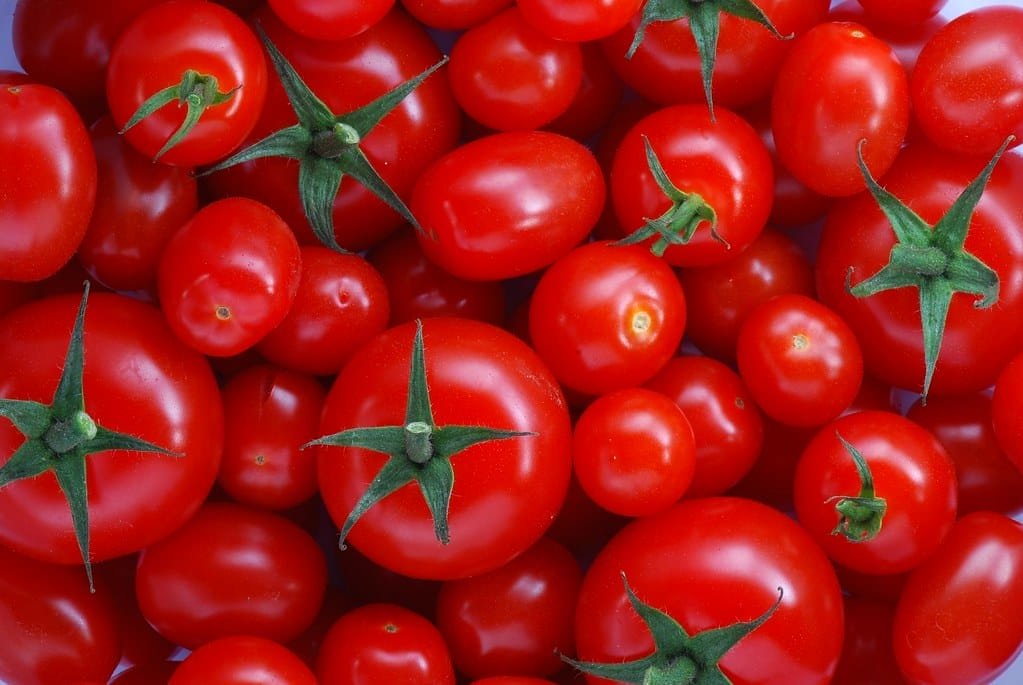
Freezing is one of the easiest and fastest methods to preserve tomatoes while keeping much of their flavor and nutrients intact. Unlike canning, freezing requires minimal preparation and no special equipment besides a freezer.
How to Freeze Tomatoes:
- Wash and Core: Rinse tomatoes thoroughly and remove stems.
- Blanch (optional): To preserve color and make peeling easier, blanch tomatoes by boiling them for 30-60 seconds, then immediately placing in ice water.
- Peel (optional): After blanching, skins slip off easily, but peeling is optional based on preference.
- Chop or Leave Whole: You can freeze tomatoes whole, chopped, or puréed, depending on how you plan to use them later.
- Package: Place tomatoes in freezer-safe bags or containers, removing as much air as possible to avoid freezer burn.
- Label: Mark with the date and type of tomatoes.
Storage & Usage:
- Frozen tomatoes keep well for 6-12 months.
- Use frozen tomatoes in cooked dishes such as soups, sauces, stews, or casseroles.
- Avoid using frozen tomatoes raw in salads or fresh dishes, as freezing changes texture.
2. Dry Tomatoes to Concentrate Flavor
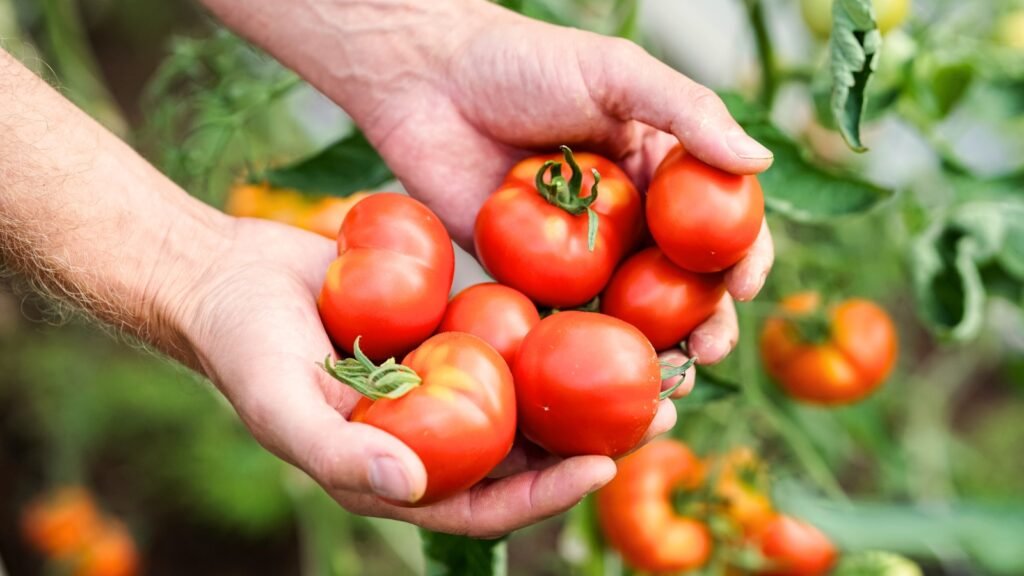
Drying tomatoes intensifies their natural sweetness and is a fantastic way to preserve tomatoes for long periods without refrigeration. Sun-dried or oven-dried tomatoes can be stored and used in salads, pastas, and sandwiches.
How to Dry Tomatoes:
- Select Tomatoes: Choose firm, ripe tomatoes such as Roma or plum varieties for drying.
- Slice: Cut tomatoes into uniform 1/4-inch thick slices or halve small tomatoes.
- Salt (optional): Lightly sprinkle salt to draw out moisture and enhance flavor.
- Drying Options:
- Sun Drying: Place slices on a clean screen or tray in direct sunlight, covered with cheesecloth to keep insects away. This method can take several days.
- Oven Drying: Lay slices on a baking sheet lined with parchment. Dry in a low oven at 140°F (60°C) for 6-12 hours, turning occasionally.
- Dehydrator: Use a food dehydrator at 135°F (57°C) until tomatoes are leathery but still pliable.
- Store: Once dried, store tomatoes in airtight containers or jars. For longer storage, submerge in olive oil with herbs.
Storage & Usage:
- Dried tomatoes last up to 6 months in airtight containers.
- Use in pasta, salads, or rehydrate by soaking in warm water or oil.
3. Make Tomato Sauce and Freeze or Refrigerate
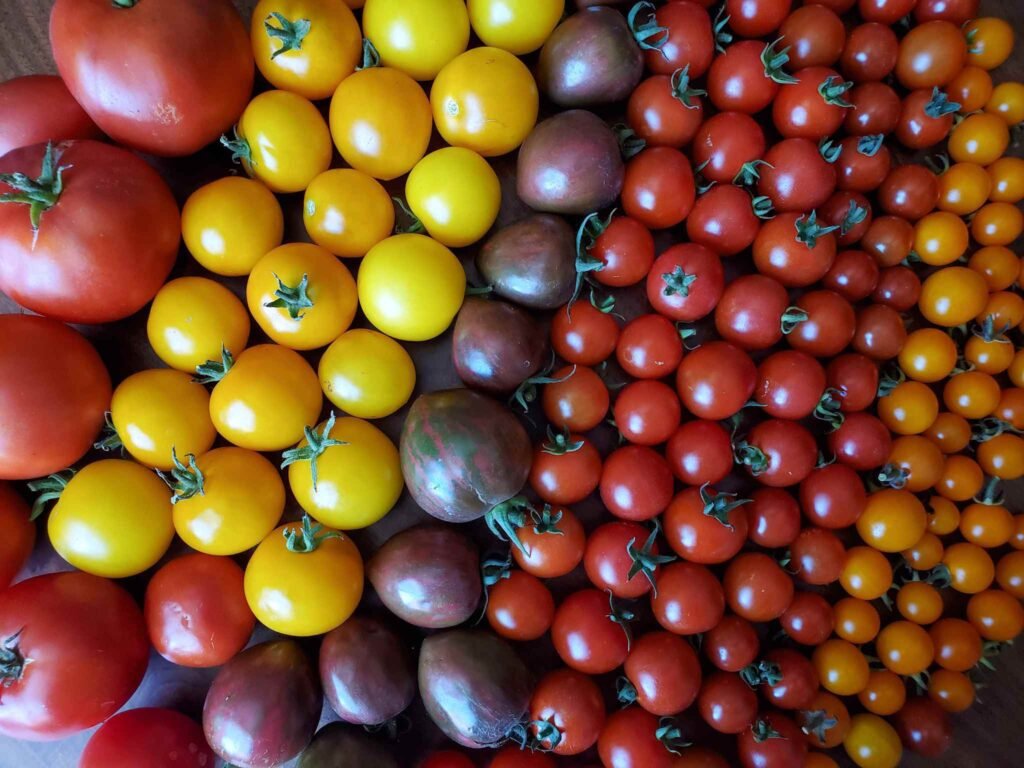
Instead of canning, you can cook tomatoes into a sauce and preserve it by freezing or refrigerating for short-term use.
How to Prepare:
- Wash and Peel: Prepare tomatoes by washing and removing skins (blanching helps).
- Cook: Simmer tomatoes with garlic, onions, herbs, and seasoning to create a flavorful sauce.
- Cool: Allow the sauce to cool before packaging.
- Package: Divide sauce into freezer-safe containers or jars.
- Freeze or Refrigerate: Freeze for long-term storage (up to 6 months) or refrigerate for 5-7 days.
Benefits:
- Sauce is versatile and ready to use directly from the freezer.
- Freezing preserves the fresh tomato flavor better than many canned sauces.
- Refrigerated sauce is convenient for weekly meal prep.
4. Store Fresh Tomatoes Properly for Maximum Shelf Life
If you want to enjoy fresh tomatoes but don’t want to process them immediately, proper storage can extend their life significantly.
How to Store Fresh Tomatoes:
- Room Temperature: Store unripe tomatoes at room temperature away from direct sunlight until fully ripened.
- Avoid Refrigeration: Refrigeration slows ripening but also negatively affects flavor and texture. Only refrigerate fully ripe tomatoes if you can’t use them immediately.
- Stem Side Down: Place tomatoes with the stem end down to slow moisture loss and prevent bruising.
- Single Layer: Avoid stacking tomatoes to prevent crushing.
- Use Within: Depending on ripeness, tomatoes stored properly can last 5-10 days.
Tips:
- Check daily for spoilage or over-ripeness.
- Use nearly ripe tomatoes quickly to prevent waste.
5. Make Tomato Paste and Freeze or Refrigerate
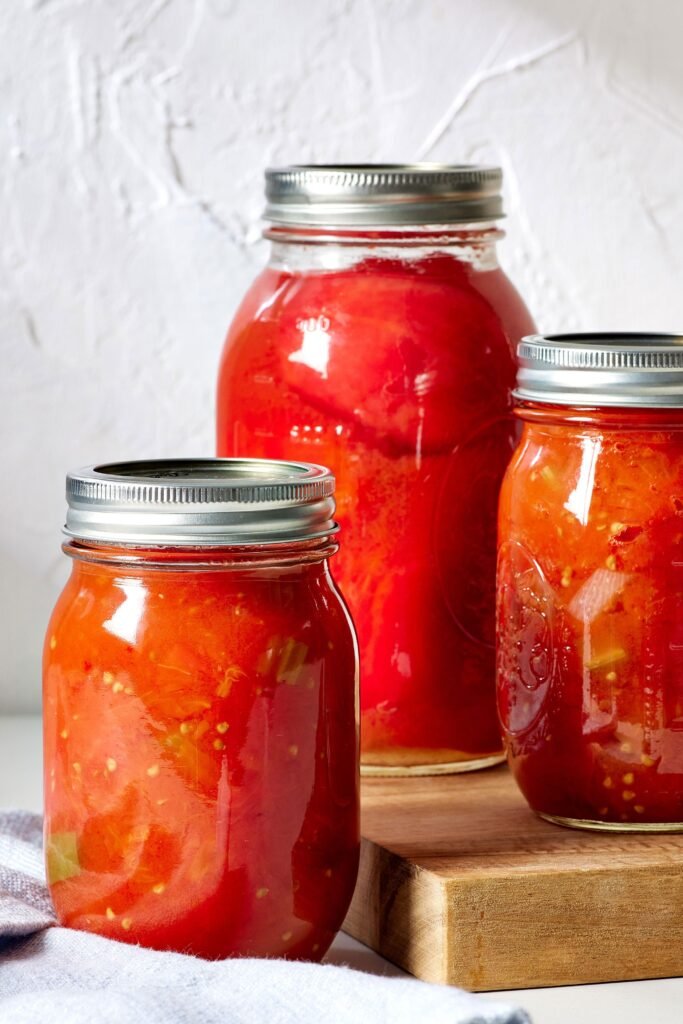
Tomato paste is a concentrated form of tomato that can be preserved easily without canning.
How to Make:
- Cook Down Tomatoes: Simmer peeled, chopped tomatoes to reduce liquid.
- Strain: Pass through a sieve or food mill to remove seeds and skins.
- Reduce: Continue cooking to thicken into a dense paste.
- Cool and Package: Portion into small containers or ice cube trays.
- Freeze: Tomato paste freezes very well and can be portioned for easy use.
Storage & Usage:
- Frozen tomato paste can be stored for up to 6 months.
- Refrigerated paste lasts about 1 week.
- Use in recipes needing intense tomato flavor like sauces, soups, and stews.
Additional Tips for Successful Tomato Preservation
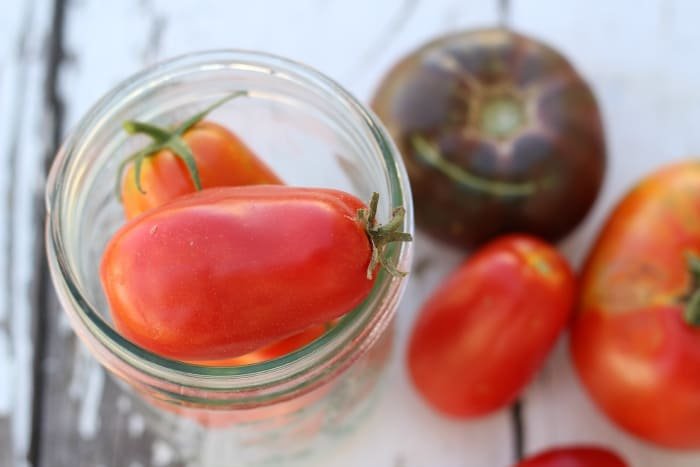
- Use Fresh, Ripe Tomatoes: The quality of your preservation depends on the initial freshness and ripeness of your tomatoes.
- Cleanliness is Key: Always use clean tools, containers, and workspaces to avoid contamination.
- Label Everything: Dates and contents will help you keep track of storage times.
- Plan for Usage: Choose preservation methods based on how you intend to use the tomatoes later.
Conclusion
Preserving tomatoes without canning is entirely possible and can be just as rewarding. Whether you freeze whole tomatoes, dry slices for a burst of concentrated flavor, prepare sauces and pastes for freezing, or simply store fresh tomatoes carefully, each method offers a unique way to enjoy the harvest well beyond the growing season.
